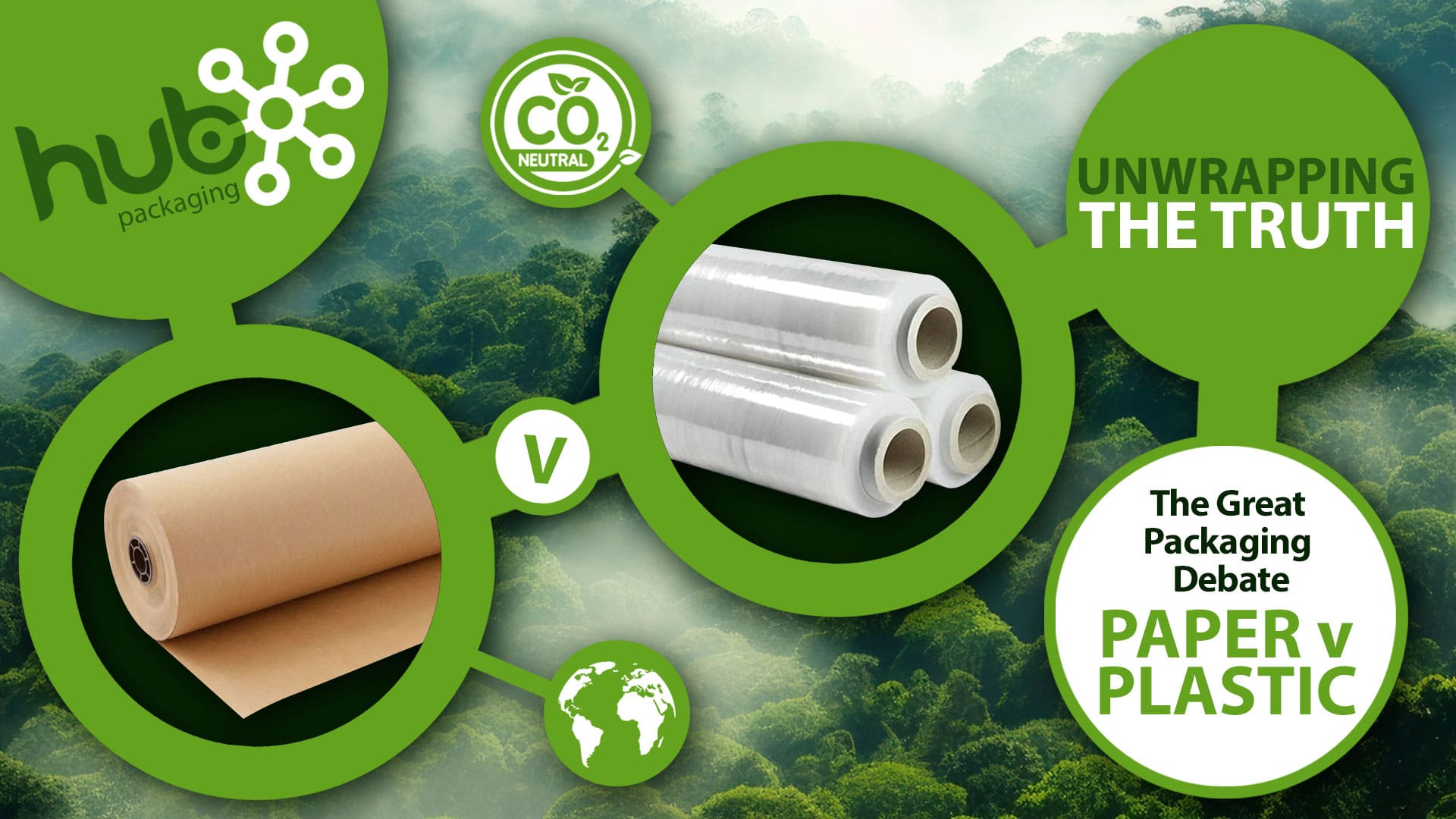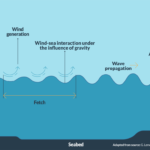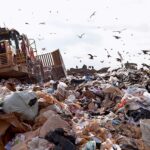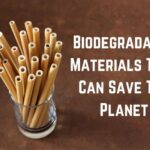Most conventional plastics are not biodegradable. They typically persist in the environment for hundreds of years.
Understanding the environmental impact of plastic is crucial in today’s eco-conscious world. Traditional plastics are synthetic polymers that resist natural degradation processes, leading to waste accumulation and serious ecological issues. As communities grapple with waste management, the development of alternative materials has become a priority.
Bioplastics and plant-based polymers offer hope, claiming to break down faster and more safely in the environment. This introduction sets the stage for a deeper examination of plastic’s biodegradability, environmental policies, and the pursuit of sustainable solutions. The quest for truly biodegradable plastics is an ongoing challenge that could shape the future of materials science and waste reduction efforts worldwide.

Credit: www.amazon.com
The Magic And Menace Of Plastic
Imagine a world where everything we use is convenient and long-lasting. That’s the story of plastic. Plastic wraps our food, builds our homes, and even shapes our toys. Yet, this wonder material hides a not-so-wonderful secret. It’s a double-edged sword—magic in its utility but menacing to our planet.
The Ubiquity Of Plastic
Plastic lives everywhere. From kitchen containers to smartphones, it’s hard to find a spot where plastic hasn’t left its mark. Look around, and you’ll see its presence is undeniable:
- Household items: Utensils, containers, and furniture
- Personal items: Bags, toothbrushes, and water bottles
- Medical tools: Syringes, gloves, and tubing
This widespread use shows the material’s versatility. But with great popularity comes great responsibility, one that we can’t overlook.
Environmental Consequences Of Plastic Waste
The downside of this plastic paradise is hard to ignore. Our environment pays a price:
| Environment Sphere | Impact of Plastic |
|---|---|
| Waterways | Chokes marine life, pollutes oceans |
| Soil | Reduces fertility, leaches toxins |
| Wildlife | Entangles animals, mistaken for food |
| Air Quality | Releases harmful chemicals when burned |
Despite the harm, people still ask, “Is plastic biodegradable?” The sad truth is, most plastics take centuries to break down. During this time, wildlife suffers, ecosystems deteriorate, and our world bears the burden.
Biodegradation Basics
Understanding if plastic can biodegrade is crucial for our planet’s health. Let’s dive into the world of biodegradation to understand how materials return to nature.
Natural Vs. Synthetic Materials
Materials in our world come in two main types: natural and synthetic. Natural materials, like wood and cotton, break down easily. Synthetic materials, such as plastics, pose a challenge.
| Natural Materials | Synthetic Materials |
|---|---|
| Wood | Plastic |
| Cotton | Polyester |
| Wool | Nylon |
The Process Of Biodegradation
Biodegradation is nature’s recycling system. This process relies on microorganisms to break materials down. Elements like sunlight, water, and oxygen aid in this process.
- Microbial action: The core of biodegradation.
- Environmental factors: Sunlight, oxygen, and moisture condition.
- Material structure: Complexity can slow down breakdown.
Some plastics are designed to be biodegradable. They break down much faster than traditional plastics.
Plastics At A Glance
When we take a closer look at our everyday objects, we often find plastics at their core. Understanding plastics requires a dive into their varieties and enduring nature. Plastics, once thought of as magic materials, confront our environment with their resistance to decay. Let’s explore the world of these synthetic polymers.
Types Of Plastics
Walk through any store, and multiple plastic types surround you. These plastics fall into different categories based on their chemical makeup and uses:
- PET (Polyethylene Terephthalate) – Water bottles
- HDPE (High-Density Polyethylene) – Milk jugs
- PVC (Polyvinyl Chloride) – Pipes and shower curtains
- LDPE (Low-Density Polyethylene) – Shopping bags
- PP (Polypropylene) – Food containers
- PS (Polystyrene) – Styrofoam cups
Plastics like PET and HDPE are often recycled, giving them a second life. Others, like PS, are more challenging to reuse.
Properties Inhibiting Decomposition
Decomposition resistance is a plastic’s signature trait, with natural elements failing to break them down effectively:
| Property | Effect on Decomposition |
|---|---|
| Chemical Structure | Complex polymers are hard for microbes to digest. |
| Durability | Resistant to water, sunlight, and air. |
| Additives | Chemicals like plasticizers add to longevity. |
Such properties mean plastics can linger in our environment for hundreds of years, sometimes breaking down into microplastics that permeate ecosystems.
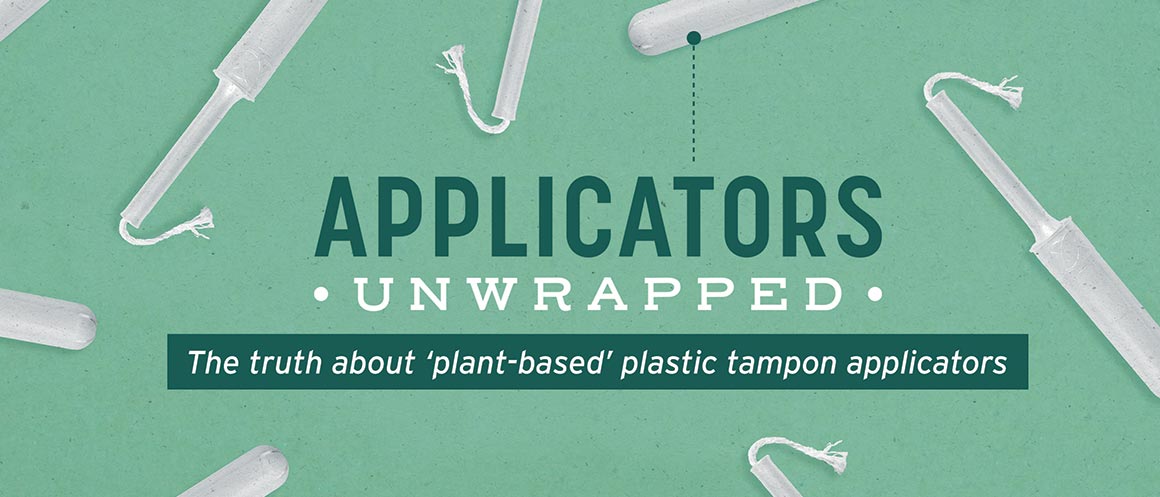
Credit: www.natracare.com
Bioplastics: A Sustainable Solution?
‘Bioplastics: A Sustainable Solution?’ explores a modern twist in materials that could change how we view sustainability. The spotlight is on bioplastics — plant-based alternatives to traditional plastics. As awareness for our environment grows, so does the interest in these natural polymers. Do they hold the key to a greener future?
What Are Bioplastics?
Bioplastics are not your typical plastics. They come from renewable sources like corn starch, sugarcane, and other plant materials. Unlike regular plastics derived from petroleum, these materials aim to reduce reliance on fossil fuels. They present a shift towards more sustainable production processes. Bioplastics offer versatility and are used in packaging, agriculture, textiles, and even medical industries.
Are Bioplastics Truly Biodegradable?
Biodegradability is a hot topic when discussing bioplastics. Just because a product is made from plants doesn’t always mean it breaks down easily. ‘Biodegradable’ implies the material can decompose by organisms like bacteria and return to nature. The truth about bioplastics is nuanced.
- Conditions matter: The environment plays a pivotal role. Industrial composting facilities are often needed.
- Types vary: Some bioplastics are designed to be biodegradable; others are not. It depends on their composition and intended use.
- Labels can confuse: Terms like ‘bioplastic’ and ‘biodegradable’ are not interchangeable. It is vital to understand the differences.
Certifications like the ‘Biodegradable Products Institute’ label can help identify truly compostable products. Consumers and industries both play parts in this shift towards sustainability.
Breaking Down The Claims
Plastics flood our lives, but are they truly biodegradable? The shelves are lined with products claiming to be the eco-friendly solution. Let’s dive into the reality behind these claims and see what it takes for plastics to return to the earth safely.
Biodegradable Plastics Under Scrutiny
Biodegradable plastics promise a guilt-free disposal. Yet, confusion swirls around their environmental footprint. There are products labeled ‘biodegradable’ inviting trust and eco-conscious purchases. Scientists and environmentalists raise questions about their true impact. They challenge claims of easy breakdown and harmlessness. The real question arises: Do these plastics break down as claimed?
Conditions For Plastic Biodegradation
For plastics to biodegrade, certain elements must align. Temperature, microorganisms, and humidity are pivotal. Let’s unpack these conditions:
- Temperature: Biodegradable plastics often require high temperatures. Compost facilities offer these conditions, not typical landfills.
- Microorganisms: Bugs and bacteria are the cleanup crew. They munch on the plastic. Without these microbes, the process stalls.
- Humidity: Moisture is a catalyst. It speeds the breakdown. Plastics need enough wetness to start the biodegradation dance.
Not all environments provide these factors. Many biodegradable plastics linger in landfills. They behave like their non-biodegradable cousins. They sit for years, creating doubt around biodegradable claims.
Paving The Way Forward
As we delve into the question of whether plastic is biodegradable, a new horizon emerges. Our environment demands action, and we are responding with vigor. ‘Paving the Way Forward’ begins with understanding the innovations, policies, and individual actions that can reshape the future of plastics. This section explores the cutting-edge efforts to create a more sustainable world.
Innovations In Plastic Production
Scientists and companies are rethinking plastic. They have one goal in mind: make plastic eco-friendly. These innovations are key:
- Bioplastics: Plant-based materials are now used to create plastic. This is a big win for our planet.
- Enhanced Recycling Technologies: New machines can sort and recycle plastics better than ever. This gives old plastics a new life.
- Enzymatic Breakdown: Imagine if microbes could eat plastic. Science is getting close to making this a reality.
Policy And Environmental Impacts
Governments across the globe are stepping up. They are bringing in laws to protect our environment from plastic harm. Here’s how:
| Policy | Impact |
|---|---|
| Bans on Single-Use Plastics | Less plastic waste in oceans and landfills |
| Recycling Mandates | Higher recycling rates, less raw material use |
| Eco-Friendly Packaging Goals | Companies must find greener packaging solutions |
Consumer Responsibility In Plastic Use
Every person has a role. Your choices make a difference. Small changes lead to big impacts:
- Choose to Reuse: Pick reusable bags, bottles, and containers.
- Recycle Right: Follow local recycling rules to ensure plastics can be recycled.
- Support Green Companies: Buy from businesses committed to sustainable practices.

Credit: www.amazon.com
Frequently Asked Questions For Is Plastic Biodegradable
Can Plastic Naturally Decompose?
Plastic does not naturally decompose like organic matter. Traditional plastics may take hundreds to thousands of years to break down under environmental conditions, creating long-lasting pollution.
What Types Of Plastics Are Biodegradable?
Some plastics are designed to be biodegradable, like PLA (polylactic acid) or PHA (polyhydroxyalkanoates). They decompose quicker under certain conditions, often requiring industrial composting facilities.
How Long Does Biodegradable Plastic Take To Decompose?
Biodegradable plastics can decompose in a few months to a few years. The time frame depends on the material and environmental conditions like temperature, moisture, and presence of microorganisms.
Does Biodegradable Plastic Harm The Environment?
Biodegradable plastics may still harm the environment if not properly disposed of. Improper conditions can lead to incomplete decomposition, creating microplastics that pollute ecosystems.
Conclusion
Understanding the biodegradability of plastic is crucial for our environment. We’ve uncovered its complexities and impact on eco-health. Embracing alternatives and recycling is essential. Let’s commit to sustainable practices for a healthier planet. Together, we can forge a future that’s less dependent on non-biodegradable materials.

